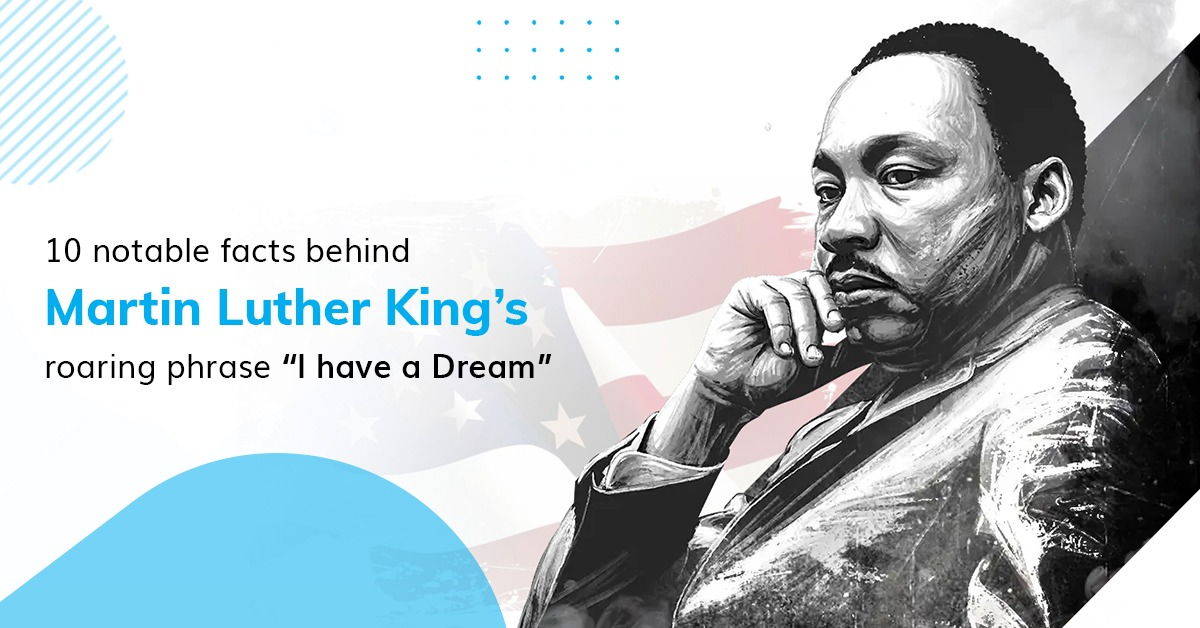10 notable facts behind Martin Luther King’s roaring phrase, "I Have a Dream."
Martin Luther King Day is also the birthday of Martin Luther King, who happened to be one of the young civil rights activists awarded the Nobel Peace Prize by America. It is believed that his most famous speech, "I Have a Dream," propelled the implementation of civil rights for Americans of various ethnicities. This day bears some long-standing traditions, and it is regarded as a day that honours equality in civil rights for all Americans, regardless of their ethnicity.
What makes "I Have a Dream" special?
- This 16-minute speech was delivered by Martin Luther King during the March on Washington for Jobs and Freedom on August 28, 1963.
- Through this speech, Dr. King hoped to end racial discrimination in the US and help those who were affected by the unequal spread of civil and economic rights in the nation.
- After 100 exact years of the Emancipation Proclamation being issued on January 1, 1863, by Abraham Lincoln, which assured the equality of citizens in America, this speech was delivered.
- "I Have a Dream" was delivered at the Lincoln Memorial, and more than 250,000 people showed support with their presence. It is estimated that about 60,000 of the 250,000 were white.
- Dr. King begins the speech by referring to Abraham Lincoln’s Gettysburg Address with "Five score years ago...", which captivated the supporters’ attention, as it showed relevance to the determination of Lincoln himself.
- Dr King talks about the Emancipation Proclamation that promised to end the long night of African Americans’ captivity that failed to provide them with equal civil rights.
- The last 6 minutes of this speech got its fame because it has the remarkable metaphor "I have a dream," through which Dr. King conveyed the dreams that he has for future America that would boast equality and justice.
- Strong imagery, metaphors, and personifications enriched the delivery of this speech and attested to Dr King's anger, hope, and determination.
- The most famous phrase, "I Have a Dream," was not in the prepared speech of Dr. King, and apparently, Dr. King started to precisely state his own dreams and hopes in the middle of his prepared speech, and that turned out to be an eminent phrase in world history.
- In 1968, after the death of Dr King, a campaign demanding to commemorate the life of Dr King was started. Later, a petition with 6 million signatures made it a reality that we are all able to remember and honour this inspiring human being.
One of the greatest speeches of the 20th century, "I Have a Dream" fetched fame to the extent that it is still prescribed as a substantial prose piece in so many educational establishments, for it carries the mettlesome grit to serve a social purpose. Dr. King’s speech is not something that only a certain group of people could relate to, but it is a powerful note that serves relevance to every citizen with its motivating words and powerful tone.
Martin Luther kingMartin luther king dayI have a dream




